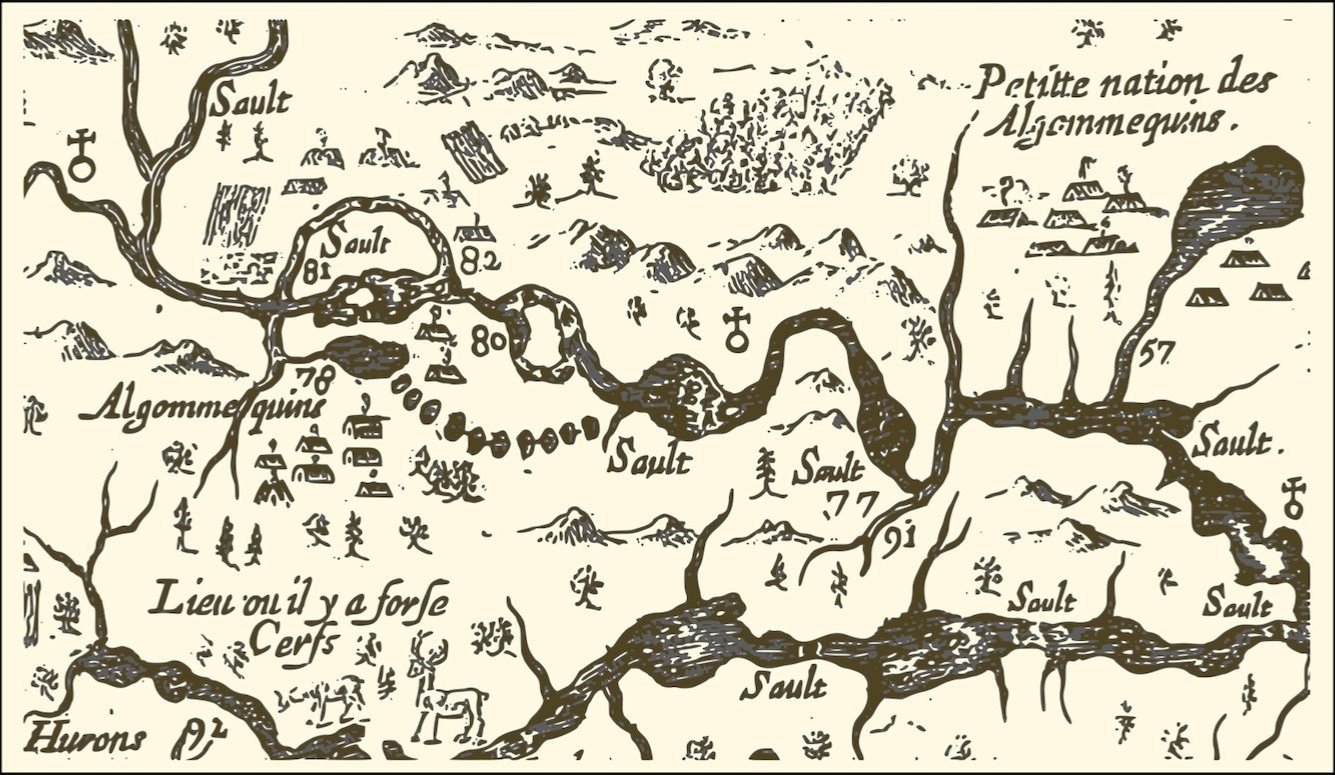Nations of Canada
The Laurentian Coalition Takes Root
In the 16th instalment of ‘Nations of Canada,’ historian Greg Koabel describes how Samuel de Champlain overcame a decade of frustration by finally establishing a successful French fur-trading monopoly.
· 25 min read

Keep reading
Natalism and the Welfare Mother
Stephen Eide
· 6 min read
A New Middle East?
Brian Stewart
· 6 min read
Greta Thunberg’s Fifteen Minutes
Allan Stratton
· 10 min read
Gentrifying the Intifada
John Aziz
· 8 min read
Creative Writing in the Age of Trump
Daphne Merkin
· 7 min read





